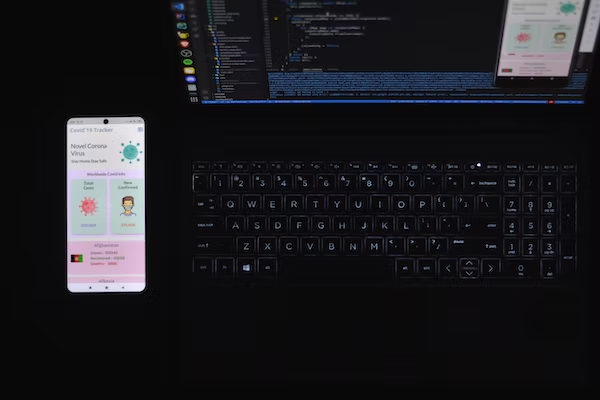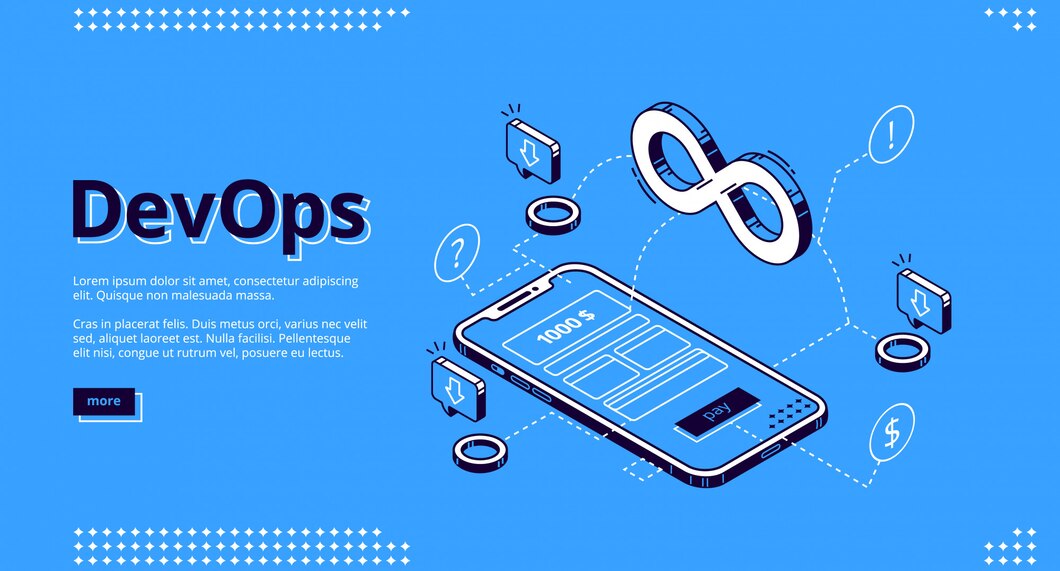Learning Flutter As A Beginner In 2023
Flutter is an open-source SDK for building high-performance, engaging apps for iOS and Android. Flutter uses hot code push to load core animation, layout, and other asset packages on demand when they’re needed, so your app runs blazingly fast and looks beautiful. It has been around since the beginning of 2019. Since its release in 2017, Flutter has quickly become one of the most popular frameworks for cross-platform development, and for good reason. There are many new tools available to help you learn Flutter as a beginner or intermediate user—and we’ll go over those here!
In this article, we will discuss the basics of learning Flutter as a beginner in 2023.
What is Flutter and Why Should You Learn It?
Flutter is a cross-platform mobile app framework. It’s developed by Google, which means it’s free and open source (and not just for Android).
Flutter makes it easy to build high-quality native apps for iOS and Android in record time with zero code. It allows developers to build natively compiled applications for mobile, web, and desktop from a single codebase. Flutter provides a modern UI toolkit that looks like a cross between React Native and NativeScript on the web—but with native capabilities built in!
What about Flutter for UI/UX Designers?
Flutter is not just for Android developers. It’s also the best way to build native apps on iOS and macOS, as well as web apps using Dart.
If you’re a UI/UX designer, you can use Flutter to build beautiful user interfaces without having to write any code yourself! The framework has a built-in editor that lets designers preview their designs in real time. This means they don’t have to worry about building prototypes or worrying about bugs in their code when they’re creating new designs—they simply need to make sure they have all of the assets needed for those interactions with users by importing them from Sketch or Photoshop into Flutter Studio (a free app).
Basic Things To Know Before You Start Learning Flutter
Flutter is a cross-platform mobile development framework for building high-quality native interfaces on iOS and Android in record time. Before diving into Flutter, it’s important to have a strong foundation in at least one programming language. Flutter uses the Dart programming language, which is easy to learn and read if you have experience with languages like Java or JavaScript. If you don’t have any prior programming experience, don’t worry! There are plenty of resources available to help you learn the basics of programming before tackling Flutter.
Once you have a good understanding of programming concepts and the Dart language, you can start learning Flutter itself. Flutter uses a reactive library to make your app feel smooth, responsive and modern.
It’s also easy to learn because you can start working with the basics of Flutter right away!
Can I Still Learn Flutter in 2023?
As you’ve likely noticed, Flutter is still a new technology and is being adopted by many companies. The fact that it’s being developed means that it will continue to get better in the next few years.
Since its release in 2018, developers have been increasingly adopting Flutter as one of the best cross-platform mobile development frameworks available today. There are many reasons why this framework is great for beginners:
- It’s easy to use! The learning curve for Flutter is much shorter than other frameworks like Objective C or Java which can make it easier for beginners to learn how things work (and what they do).
- It has native libraries built-in which means less work on your part when writing apps with Flutter compared with other options like Cordova or Xamarin Forms
Where Can I Learn Flutter?
While you can learn Flutter on your own, there are a few places where you can go to get help.
- Flutter.io – This is the official website for all of the documentation and tutorials on Flutter. It’s also where you’ll find the source code to download if you want to contribute back or just check out how other people are using it in their apps!
- Flutter Dev – This community is for those who have already created apps with Flutter, but it also has great resources for you to get started with this new framework!
- YouTube Channels (including ours) – We’ve been working hard over here at Buildclaw HQ since day one – so make sure that when searching for articles about learning coding languages like Android Studio or Python 3; our videos come up first! Our channel has hundreds upon hundreds of thousands views from our viewers across all platforms (desktop/phone/tablet) which gives us an opportunity not only to get feedback from fellow developers but also build up brand awareness among businesses looking at hiring talent within these fields.
Best Flutter Resources To Use To Learn
There are a lot of resources out there to help you learn Flutter. The best place to get started is the official documentation and tutorials on the [Flutter website](https://flutter.io).
You can also use some of these tools:
- Flutter Dev Tools – These tools allow you to inspect your apps in real time, so you can see how they look on different devices at different resolutions; this will help with developing for different screen sizes and orientations (mobile vs desktop vs tablet).
- Flutter UI/UX Design Resources – This site has an extensive library of resources that include mockups, wireframes and more! The only downside is that most things aren’t free; however if it’s something important enough then it might be worth paying for since there aren’t many free options available these days aside from those provided by Google themselves (which tend not have very many users anyway).
Brief Roadmap to becoming a Flutter developer in 2023
Here are some steps you can follow to become a Flutter developer in 2023:
- Learn the basics of programming: If you are new to programming, you will want to start by learning the fundamentals of a programming language such as Python, C++, or Java. This will give you a strong foundation in the concepts that are common to all programming languages.
- Learn the Dart programming language: Flutter uses the Dart programming language, so you will need to learn Dart in order to be able to build Flutter apps.
- Get familiar with Flutter: Once you have learned the basics of programming and Dart, you can start learning Flutter itself. There are many resources available online, including the Flutter documentation, tutorials, and video courses.
- Build some Flutter apps: As you learn Flutter, start building some small apps to get hands-on experience with the framework. You can find app ideas and project prompts online, or come up with your own ideas.
- Learn about app architecture: In order to build larger, more complex apps, you will need to learn about app architecture and design patterns. This will help you structure your code in a way that is maintainable and scalable.
- Stay up-to-date: As with any technology, Flutter is constantly evolving. In order to stay current as a Flutter developer, you will want to make sure you are keeping up with the latest developments in the Flutter ecosystem. This can include following Flutter-related news and updates, as well as participating in the Flutter community.
Can I Start Learning Flutter Now?
If you want to learn Flutter, the best time to start is now. Flutter offers cross-platform support, which means you can develop for both Android and iOS platforms using the same code base! This makes it easier than ever before because there are no additional expenses involved—just create one project file instead of two (for each platform).
Besides, the best way to learn any new technology is to start building something with it. Flutter has a rich set of customizable widgets and tools that make it easy to build beautiful and responsive user interfaces. You can start by building simple layouts and gradually work your way up to more complex designs.
One of the most powerful features of Flutter is its hot reload capability. This allows you to make changes to your code and instantly see the results in the app, without having to manually rebuild and redeploy your code. This makes it easy to iterate and fine-tune your app as you go.
In addition to building user interfaces, Flutter also provides a wide range of features for implementing functionality in your app. You can use Flutter to access native device features such as the camera, GPS, and more. It also has robust support for interacting with server-side APIs and storing data locally on the device.
As you continue learning Flutter and building apps, you may want to consider joining the online Flutter community. There are many forums, Discord channels, and other online communities where you can ask for help, share your projects, and stay up to date on the latest developments in the Flutter world.
The framework also comes with an easy learning curve. In summary:
- Learn Dart programming language
- Get familiar with flutter key elements like screens, layouts, etc.
- Create beautiful user interfaces using Material Design aesthetics.
Conclusion
Learning any new technology can be intimidating, but with Flutter, you have a wealth of resources and a thriving community at your fingertips. As you gain more experience with Flutter, you’ll find that it is a powerful and flexible framework that can help you build high-quality apps quickly and efficiently. So if you’re interested in mobile app development and want to give Flutter a try, don’t be afraid to dive in and start learning today!
We hope this post helped you understand the importance of learning Flutter in your career. You can start by going through these resources and start practicing on your own projects.
All images are sourced from unsplash






2 Comments
Patriciat
Great article! I appreciate the clear and insightful perspective you’ve shared. It’s fascinating to see how this topic is developing. For those interested in diving deeper, I found an excellent resource that expands on these ideas: check it out here. Looking forward to hearing others’ thoughts and continuing the discussion!
Paulat
I found this article very enlightening. The author’s arguments were well-structured and compelling. It would be interesting to hear how others interpret these points. Any thoughts?